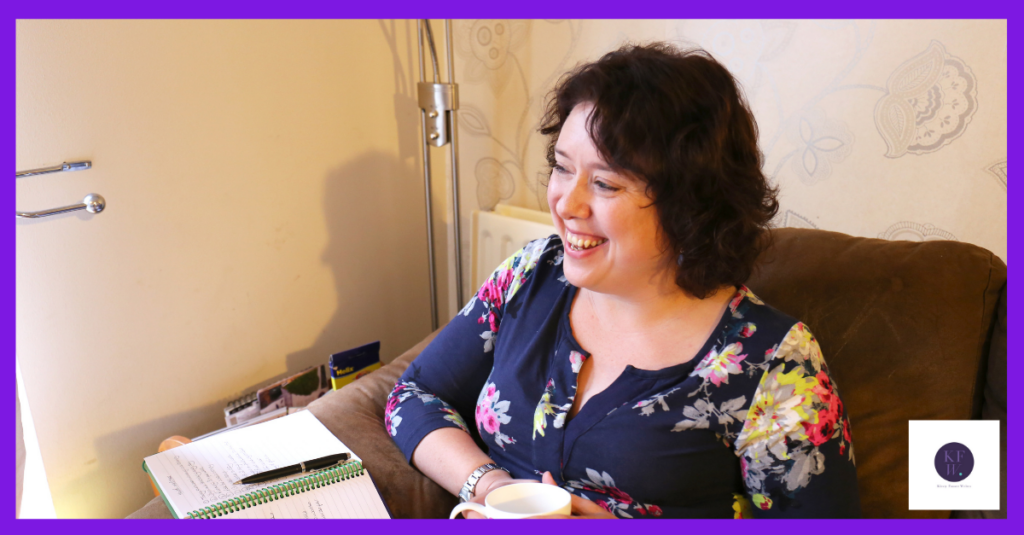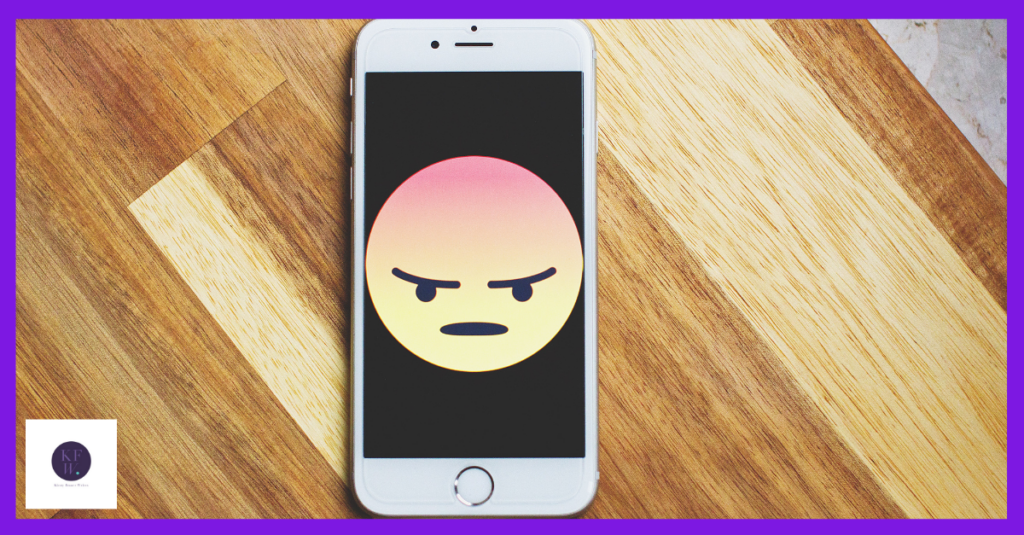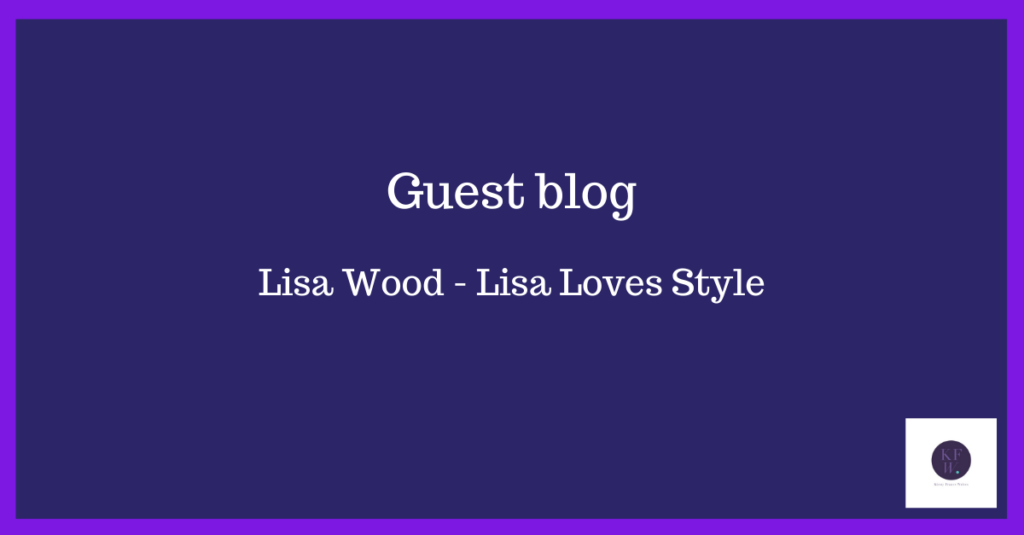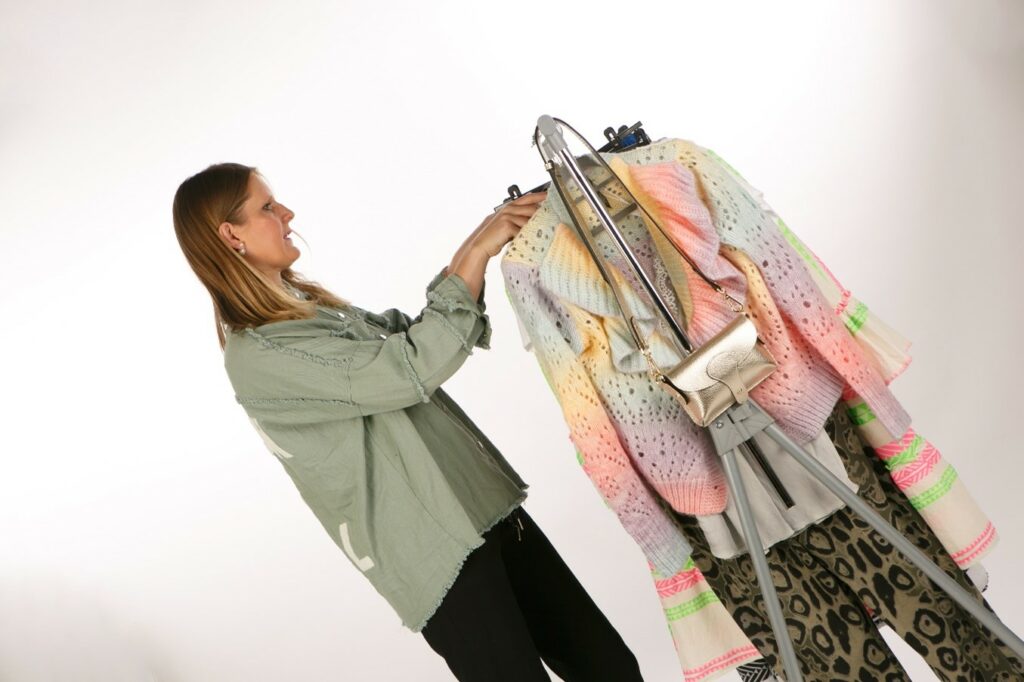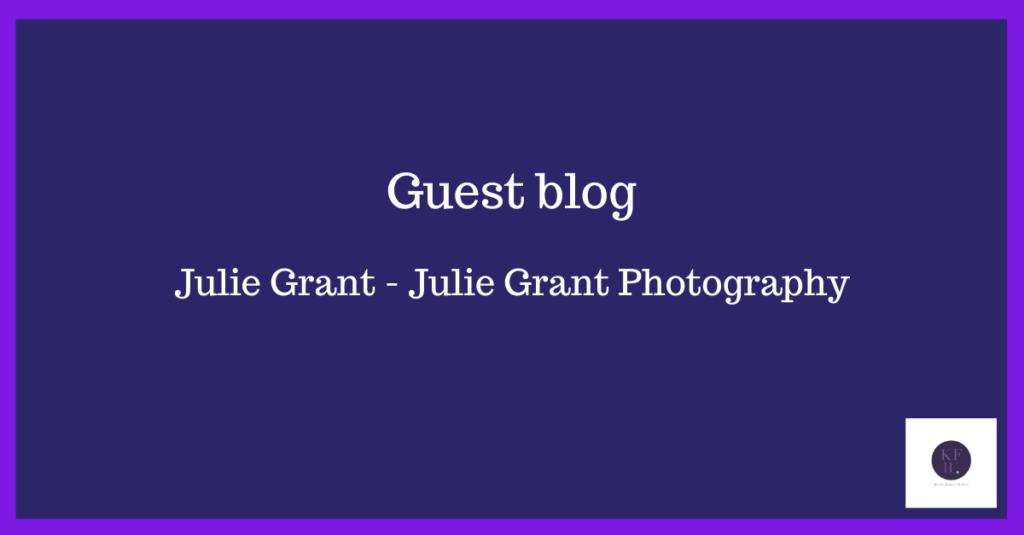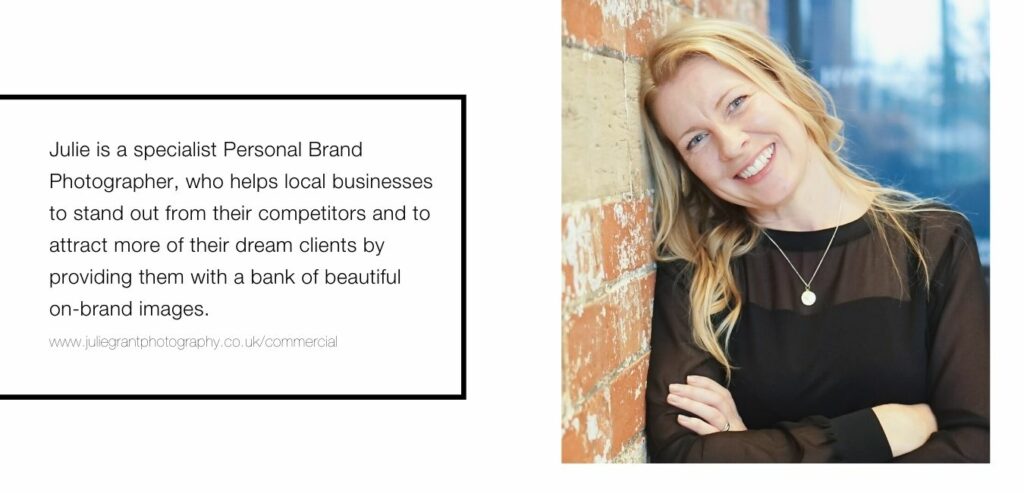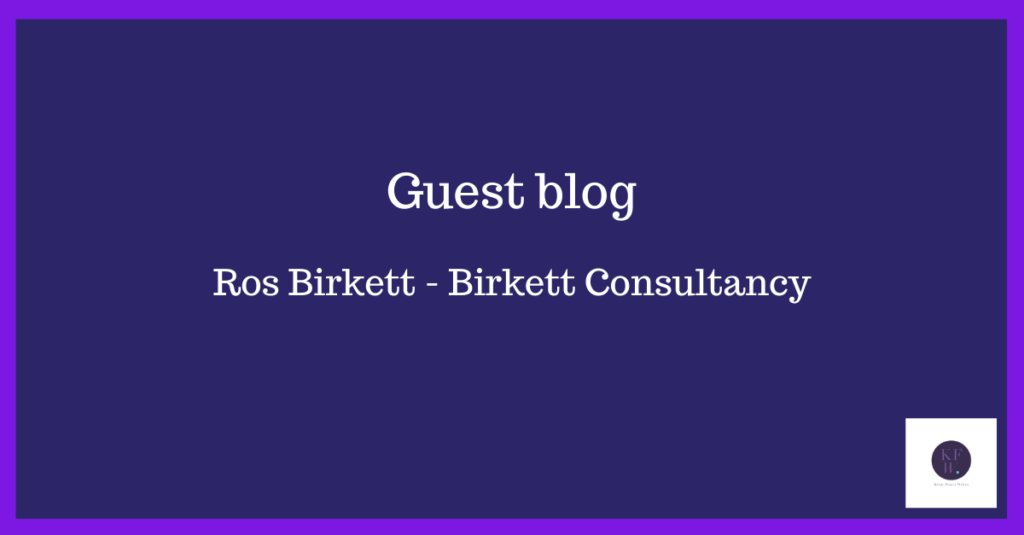
When you’re a one-person business, you might not think of yourself as having a brand identity, but you probably know that your personality matters. Your character and values affect how you work, sell, and treat people. If you’re scared to put your personality into your content, you risk blending into the background and losing out on the right customers.
Why does putting personality into your content matter? I’m glad you asked.
It builds trust
People need to trust you before they’ll hand over their money. Putting your face and voice into your marketing shows your audience you exist beyond a Facebook page or website, so they’re more likely to click a link to buy a product or send you a message to book an appointment.
It can also quell nerves about contacting someone they’ve never seen. Remember, you’re a real person (did anyone else hear that in Hagrid’s voice?), so let your audience know.
It helps people get to know you
Your content shows your audience who you are and what you stand for. You might offer a similar product or service to lots of other businesses, but when you put your personality into your content, you show people the difference. In the face of many options, people often choose your business because you seem like their kind of person. You might share the same values or have a similar sense of humour, so don’t be afraid to share it.
It helps you stand out
Writing with personality can help you stand out, but images do too. I hate having my photo taken, so using images with my face on them in my marketing is challenging, but it is worth it. If your followers are scrolling their social media feeds, they’re much more likely to stop if they see a photo of someone they know and like than another stock image.
You can filter people out
You don’t have time to spare on calls with people who’ll never work with you, so putting your personality in your content helps you pre-qualify people. If you’re not for them, they can scroll on by. If they like what they see, that could lead to a call, a message or a new subscriber to your emails. The filtering process works in two ways.
Images
Looking at my photos, you won’t see a young, trendy fashionista, a beach babe or a sharp-suited city dweller. I look like someone’s mum, mainly because I am someone’s mum. You’ll see me with a cup of tea, walking in the woods or working at my laptop. If you visited the website for a corporate company or surfing brand, the images would be very different. Working with a good photographer can help you decide how you want to appear and give you photos that reflect that.
Words
The language you use in your marketing works alongside your images. Your words tell your readers what it would be like to have a conversation with you and whether they’d get what they need. Put simply, if you like how I write, you might like me. If you think I sound weird, maybe not. I can still adapt my style to suit your business, but how I write can help you understand whether I’m your kind of person and care about the same things as you.
If you’re scared to put your personality into your content, I can help. When you work with me, I’ll get to know you and your business and write content that sounds like the best version of you and that your audience will love. Email me to arrange a chat or book a Zoom call to find out more.
Alternatively, sign up for my mailing list here, and you could win a free copy makeover.
